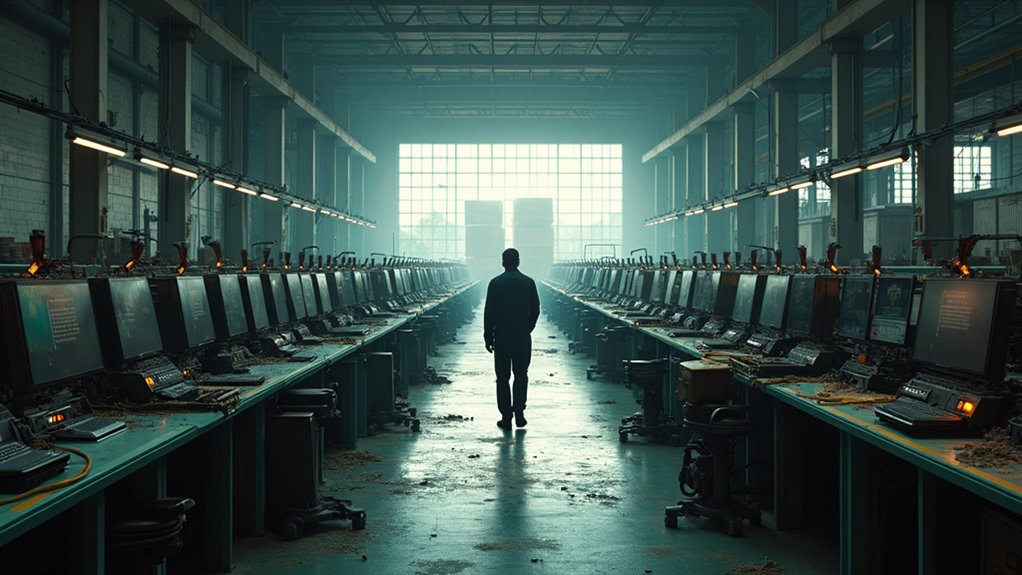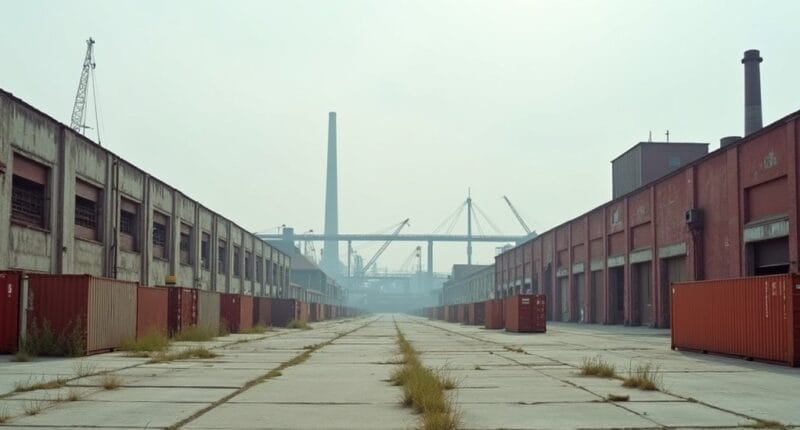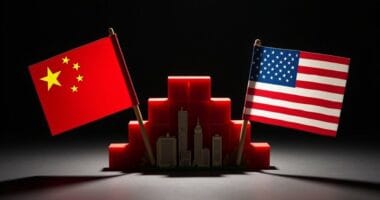Chinese manufacturers are getting hammered by massive U.S. tariffs, which shot up from 19% to a whopping 125%. Companies are shutting down factories and fleeing to Vietnam, Cambodia, and Malaysia in desperation. Even that escape route hit snags when Vietnamese facilities started closing in 2024. The chaos is costing American households up to $2,000 annually, while global supply chains crumble. This manufacturing exodus is just the beginning of a much bigger economic upheaval.

Chinese factories are feeling the heat as US tariffs reach scorching new levels. With duties skyrocketing from 19.3% to a whopping 125% between 2020 and 2025, manufacturers are scrambling like cats on a hot tin roof. The numbers don’t lie – and they’re brutal.
Chinese manufacturers face brutal reality as US tariffs surge to 125%, sending shockwaves through Asia’s industrial powerhouse.
The impact? Well, it’s not pretty. Chinese firms are playing musical chairs with their production facilities, desperately seeking refuge in friendlier territories. Vietnam seemed like the perfect escape hatch until 2024, when factory closures started painting a different picture. Trina Solar and JA Solar Technologies thought they were clever, pledging $1 billion in Vietnamese investments. Spoiler alert: it wasn’t enough. Global supply chains have been permanently disrupted as manufacturers seek alternative production locations.
These days, Chinese manufacturers are getting creative – or maybe just desperate. They’re setting up shop in Cambodia, Malaysia, and anywhere else that’ll have them. Some mid-sized companies have even taken the plunge directly into US manufacturing. Talk about jumping into the lion’s den.
The real kicker? This game of industrial hopscotch isn’t exactly helping anyone. US manufacturing employment is taking hits left and right. Sure, protected industries saw a modest $2.8 billion boost, but downstream sectors got walloped with $3.4 billion in losses. Do the math – it’s not adding up to a win. The projected GDP decline of 0.6% in 2025 further highlights the economic toll of these trade policies.
Meanwhile, Indonesia and Laos have become the new darlings of Chinese investment, especially for smaller firms trying to dodge those pesky anti-circumvention penalties. It’s like watching a corporate version of whack-a-mole, with factories popping up wherever tariffs aren’t hitting.
The price tag for all this chaos? American households are coughing up an extra $1,600 to $2,000 annually. US GDP is taking a permanent haircut of about $80-110 billion per year.
And Chinese manufacturers? They’re still reeling, restructuring, and reinventing themselves faster than you can say “trade war.” Some might call it adaptation. Others might call it survival. Either way, it’s changing the face of global manufacturing – one relocated factory at a time.





